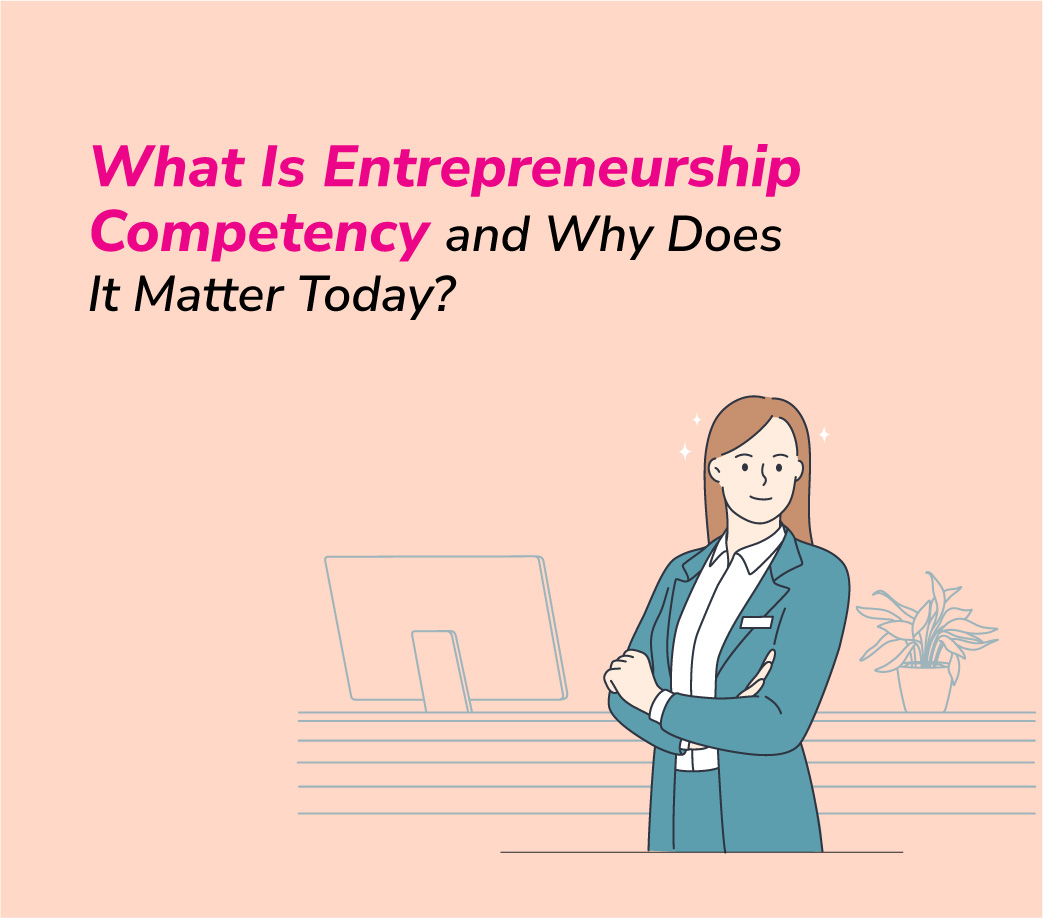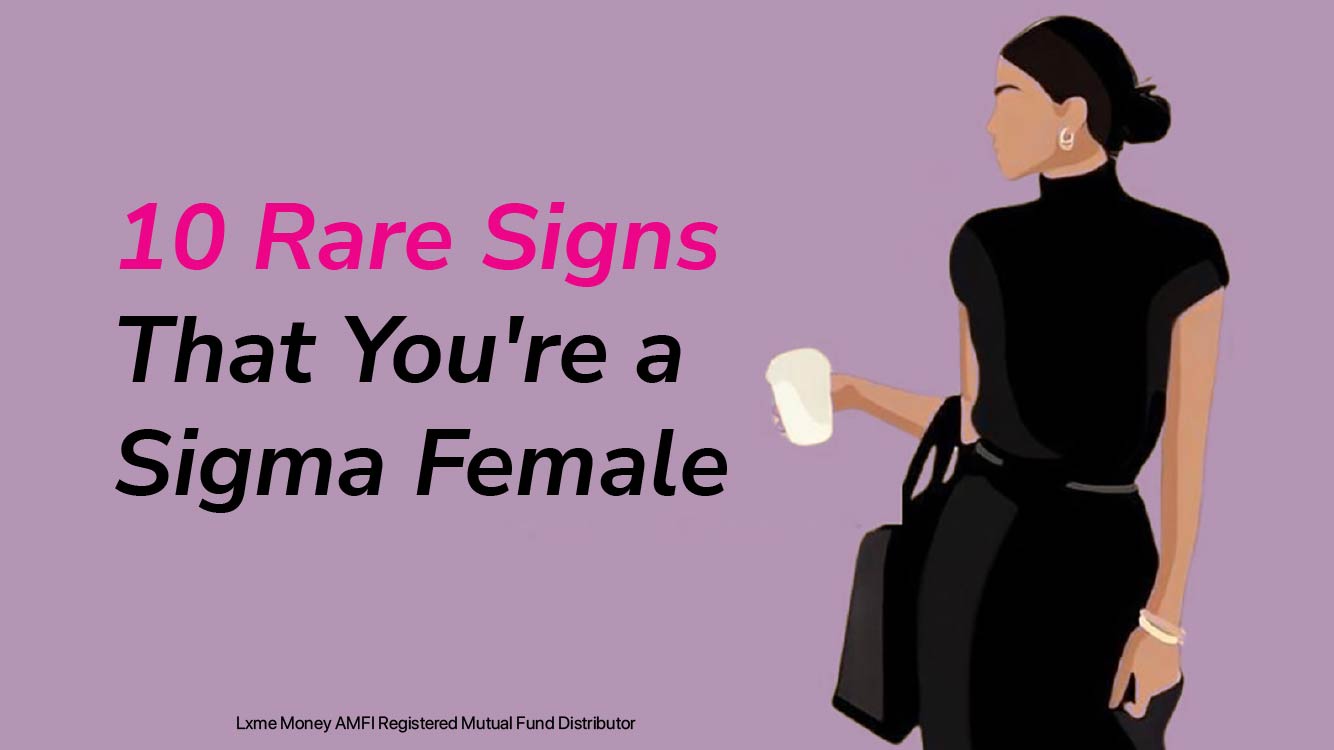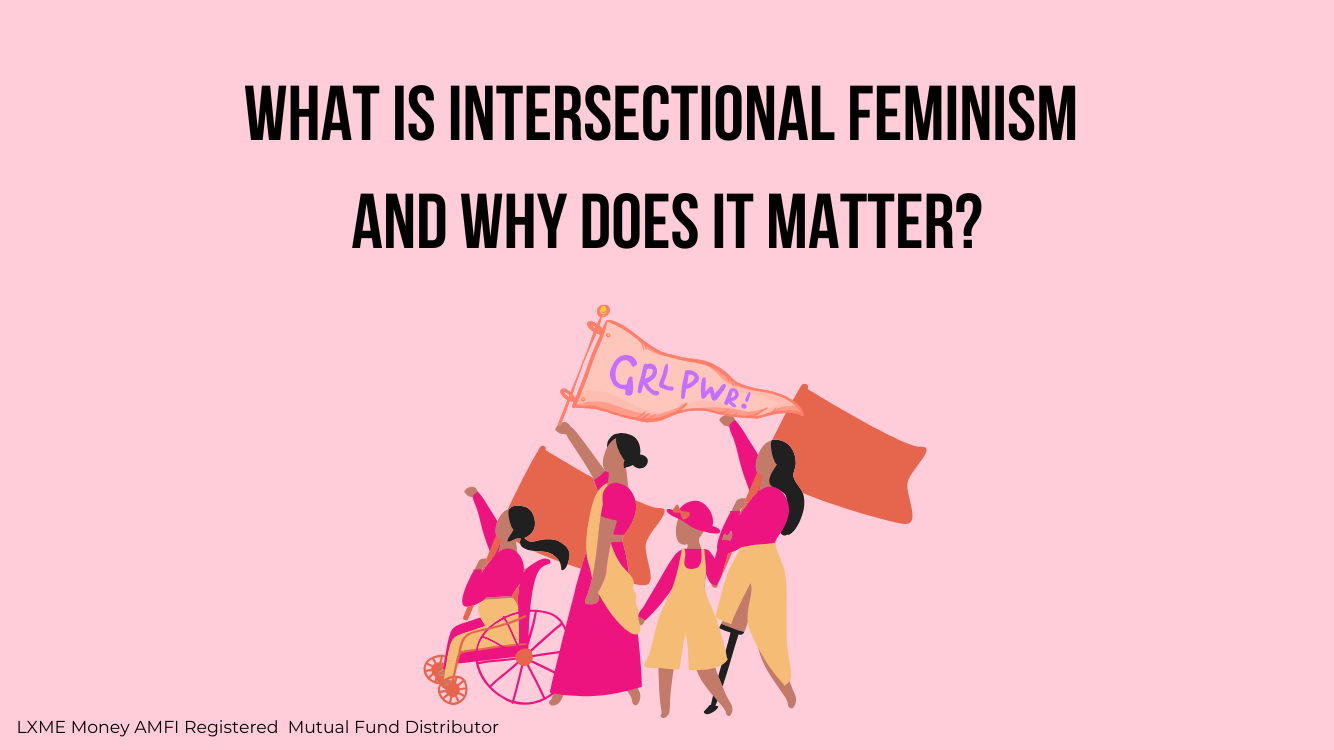We hear about feminism all the time. Some fully embrace it, while others have their own perspectives. But what about intersectional feminism? This approach makes sure every woman is seen, heard, and included in the fight for equality.
Feminism is for all of us, but sometimes, important conversations get left out. Feminism is intersectional because gender inequality is shaped by factors like caste, class, sexuality, disability, and more –it doesn’t exist in isolation. Knowing this helps strengthen the movement so no one is left behind. Let’s break it down with real talk and data.
What’s The Official Intersectional Feminism Definition?
The credit for intersectional feminism definition goes to Kimberlé Crenshaw, a legal scholar, in 1989. She explained how different forms of discrimination overlap. A woman doesn’t just face sexism—she might also face racism, caste bias, or workplace discrimination because of her background. If feminism is about fighting for women’s rights, then intersectional feminism meaning goes further, making sure every woman is included.
Example:
A 2021 study by Oxfam India showed that Dalit women in urban areas earn 47% less than upper-caste women, even in similar roles. Feminism that ignores caste leaves many women behind. Both groups need support, but their challenges are different. That’s why feminism and intersectionality go hand in hand.
Why Feminism Without Intersectionality Falls Short
Imagine constructing a house but skipping half the foundation. That’s what happens when feminism overlooks caste, class, and sexuality. Without addressing these intersections, feminism benefits only a few. Take the wage gap as an example. We always hear about how women earn less than men. But did you know that in India:
- Women earn 19% less than men (Monster Salary Index, 2022).
- Dalit and Adivasi women earn 25-47% less than upper-caste women for identical jobs (Oxfam India, 2021).
- Only about 5% of leadership roles in Mumbai’s corporate sector are occupied by women.
Workplace harassment, safety, and education access affect women in unique ways based on their backgrounds. Failing to address these layers means overlooking significant parts of the issue.
Intersectional Feminism in Everyday Life
Okay, so how do we actually practice intersectional feminism? It’s not just a fancy term for debates. It’s about making actual changes.
- In Workplaces → Advocating for feminism and intersectionality by supporting women from all backgrounds through equal pay, inclusive hiring, and strict anti-discrimination policies.
- In Conversations → Listening to women whose experiences are different from yours instead of dismissing them.
- In Activism → Fighting for causes that impact all women, not just those in urban, privileged spaces.
If such measures are not put into action, imagine how challenging it can get for a woman from a marginalized community to step into that same space as someone from a privileged background. Feminism is intersectional, and we need to uplift every woman’s voice in the fight for equality. The walls are different, which is why efforts toward gender equality must consider intersectionality. Remember, intersectional feminism’s meaning is to support all women. By now we know that women earn lesser than men and live longer than them. Therefore, it is crucial that women start growing their money with investment for women. Lxme, a financial platform for women makes investing, growing money, and money matters extremely simple with goal-based mutual fund portfolios curated by experts.
Why Indian Women Need Intersectional Feminism
In India, feminism and intersectionality go hand in hand. Here’s why:
- Caste and Gender Are Linked: Feminist movements often focus on urban, educated women, leaving out the struggles of Dalit and Adivasi women.
- LGBTQ+ Women Face More Barriers: After coming out of the closet, queer women not only deal with sexism but also homophobia, often from their own families.
- Working-Class Women Are Still Fighting for Basic Rights: While corporate women fight for equal promotions, millions of women in informal jobs struggle for fair wages and safety.
In 2012, Bhanwari Devi, a courageous Dalit social worker, faced a horrific assault while doing her work. Her unwavering fight for justice became the foundation for India’s Vishaka Guidelines, paving the way for workplace harassment laws. Her bravery reminds us that intersectional feminism meaning becomes powerful when it is inclusive, offering life-changing protections for countless women across India. If we truly want equality, feminism is intersectional, or it’s incomplete.
The Future of Feminism Is Intersectional
The current fact is that feminism needs to grow and become more inclusive. The old approach—focusing only on urban, straight, able-bodied, upper-caste women—no longer works. To achieve real gender equality, we must adapt to the right intersectional feminism definition, which means uplifting all women, especially those marginalized, for far too long. This is about fostering support for everyone and driving meaningful change together.
You can also learn about different female personality types and start a side hustle that drives a positive impact with Lxme’s refer and earn website.
FAQs
How does intersectional feminism address the unique challenges faced by women of color?
It listens to their voices. Women of color face both sexism and racism, which means they experience discrimination in ways that privileged women may not. Intersectional feminism makes sure these struggles aren’t ignored. No matter if it’s workplace discrimination or representation, it fights for real solutions that work for every woman.
In what ways can businesses implement intersectional feminism in their workplace policies?
By hiring and promoting women from different backgrounds. Fair pay, mentorship programs, anti-discrimination training, and strong policies against workplace harassment all help make a workplace truly inclusive. Intersectional feminism in action means workplaces where all women, regardless of caste, class, or disability, feel seen and valued.
How does intersectional feminism challenge traditional feminist movements?
It challenges traditional feminism to widen its focus above gender by considering how race, class, sexuality, and other factors add to oppression. Intersectional feminism aims towards equality for all women, not just those from fancy, urban backgrounds.
Further Read,












